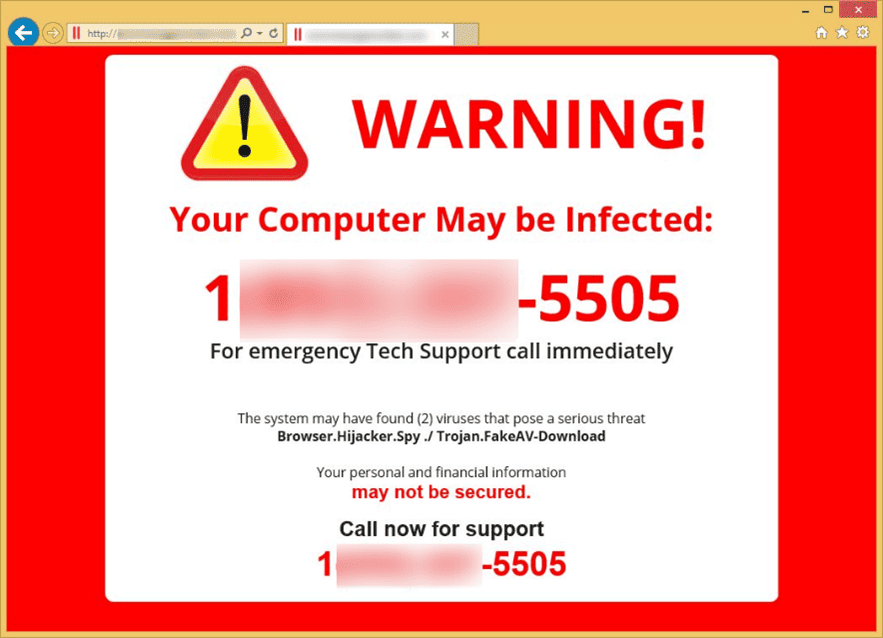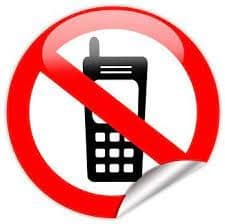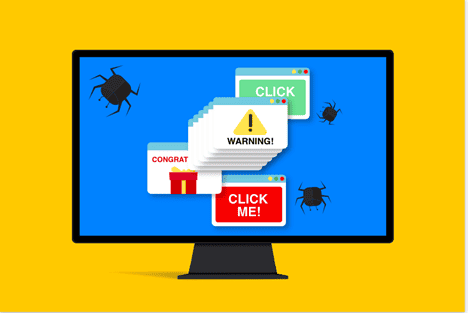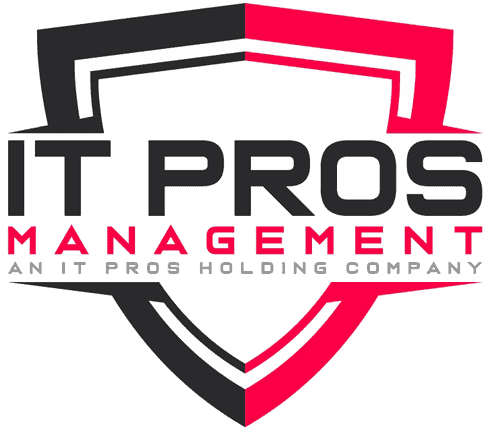Navigating the Digital World: Unmasking the Tech Support Pop Up Scam

Tech Support Pop-Up Scams: How to Spot and Protect Yourself from this Cyber Menace
Tech support pop-up scams are a prevalent and sophisticated form of cyber fraud that prey on users’ fear and lack of technical knowledge. This scam begins when an unsuspecting user encounters a sudden pop-up window while browsing the internet. These pop-ups are designed to mimic legitimate error messages or warning alerts, often claiming to be from well-known companies like Microsoft. The message typically contains alarming statements, such as the detection of a virus or malware on the user’s computer, or a threat to their personal data.
The goal of these scare tactics is to convince the user that their system is in imminent danger and needs immediate attention. To resolve the ‘issue,’ the pop-up prompts the user to call a provided ‘tech support’ number. When the user calls this number, they are connected to a scammer posing as a tech support representative. The scammer then employs a variety of strategies to further deceive the user. They may ask for remote access to the user’s computer, under the guise of diagnosing the problem. Once granted access, they can install actual malware, steal sensitive data, or cause other harm.
In some cases, the scammer may persuade the user to pay for unnecessary technical support services to ‘fix’ the non-existent problem. They may even trick users into subscribing to useless online services or making investments. It’s worth noting that these scams have become rampant in 2023, reaching vast numbers of people through various means, including emails, text messages, and robocalls.
To avoid falling victim to these scams, it’s crucial to remember that legitimate companies rarely display contact numbers in error messages or solicit calls for tech support1. Users should not call numbers provided in unsolicited pop-ups and should never grant remote access to their computers to unverified individuals. If in doubt, users should independently contact the company’s official tech support using contact details from their official website. Regularly updating antivirus software and enabling pop-up blockers can also help prevent these scams.
Clients of IT Pros Management should contact our 24×7 Support Team with any questions regarding technical support matters. Our team of support and cybersecurity professionals are here to help and keep our clients productive and secure.
Safeguarding Yourself: Five Effective Ways
Knowledge is power, especially when it comes to preventing scams. Here are five effective ways to protect yourself:
Step 1: Identify Fake Pop-Ups
The first step in avoiding tech support pop-up scams is being able to identify them. Fake pop-ups often contain grammatical errors, spelling mistakes, or conflicting information. For instance, you might see a pop-up claiming to be from Apple but your computer is running Windows1. Look at the URL of the pop-up window as well. If it doesn’t match with the company’s official website, it’s likely a scam.
Additionally, it’s important to be aware of the common tactics used by tech support pop-up scams. These scams often employ fearmongering techniques, creating a sense of urgency to prompt immediate action. They may claim that your computer is infected with a virus or that your personal information is at risk. Legitimate tech support providers will never use unsolicited pop-ups to warn you about these issues.
Another red flag to watch out for is when the pop-up asks for sensitive information such as your credit card details or social security number. Legitimate tech support companies would never ask for this information through a pop-up message. If you encounter such a request, it is a clear indication of a scam.

Step 2: Do Not Call Any Phone Numbers Displayed
Never call any phone numbers displayed on the pop-up screen. Real tech companies don’t ask users to call them via pop-up warnings. These phone numbers usually connect to scammers posing as tech support employees who will try to gain access to your computer or personal information.
It’s crucial to remember that legitimate tech companies will never display phone numbers on pop-up screens as a means of contact. If you encounter a pop-up warning instructing you to call a specific phone number, it is almost certainly a scam.
Calling these phone numbers can lead to serious consequences, as scammers posing as tech support employees will attempt to gain unauthorized access to your computer or extract personal information from you. They may use manipulative tactics to convince you that your computer is infected with malware or that you require immediate assistance, preying on your fears and vulnerabilities.

Step 3: Close Pop-Up Windows Safely
Taking immediate action when encountering a suspicious pop-up is crucial to protect your device and personal information. If you come across a pop-up that raises suspicion, it’s important not to interact with it by clicking anywhere within the window or on any buttons it presents.
Instead, close the pop-up window as quickly as possible to minimize any potential harm. There are several ways to accomplish this. On Windows, you can use the task manager by pressing Ctrl + Shift + Esc to open it. From there, locate the browser process associated with the pop-up (e.g., Google Chrome, Mozilla Firefox) and select “End Task” to force the closure of the browser and all its active windows.
For Mac users, pressing Command + Option + Esc will open the Force Quit Applications window. Find the browser application related to the pop-up and select “Force Quit” to shut it down completely.
If the above methods don’t work or seem complicated, another option is to perform an Alt + F4 combination on Windows. This keyboard shortcut closes the currently active window, which in this case would be the pop-up window.
In some instances, the pop-up might be persistent and prevent you from closing the browser. In such cases, it is recommended to shut down the browser entirely. On most operating systems, you can do this by clicking on the “X” button located at the top right corner of the browser window. If necessary, you can also force-close the browser through the operating system’s Task Manager or Force Quit Applications utility.
By promptly closing suspicious pop-up windows and taking these precautionary steps, you can mitigate potential risks and ensure the safety of your device and personal information.

Step 4: Scan Your Computer
Taking immediate action after encountering a fake tech support pop-up is crucial, and scanning your computer with trusted antivirus or anti-malware software is an excellent first step. This procedure will help detect any unwanted or potentially harmful software that may have been inadvertently installed on your system.
But remember, even the best antivirus software can only protect you from known threats. That’s why regular updates are essential. Cyber threats constantly evolve, and new ones emerge daily. By regularly updating your antivirus software, you ensure that it has the latest threat database, enabling it to effectively guard against new malware, ransomware, and other cyber threats.
In addition to scanning and updating your antivirus software, it’s also advisable to perform a full system backup regularly. This way, in case of a severe malware infection, you can restore your system to a previous, unaffected state without losing your important files and data.
Moreover, consider using a pop-up blocker or adjusting your web browser settings to limit or prevent pop-ups. This can provide an added layer of protection against fake tech support scams and other cyber threats that often make use of pop-ups to trick users.

Step 5: Report Scams
Finally, after reporting the tech support pop-up scam to your local IT support team, they can take necessary measures to strengthen your network’s security and prevent such incidents in the future. They may also issue a warning to other users, alerting them about the threat and providing advice on what to do if they encounter a similar situation.
Reporting the scam to the Federal Trade Commission (FTC) in the U.S. is another crucial step. The FTC is responsible for protecting consumers against unfair or deceptive business practices, including tech support scams. By reporting the scam, you help the FTC track down the fraudsters and bring them to justice. You can report scams to the FTC at ftc.gov/complaint.
In addition, consider reporting the scam to your internet service provider (ISP). ISPs often have measures in place to block malicious content, and your report could help them improve their filters and protect other users.
Sharing your experience on social media or online forums can also raise awareness about these scams. Your story could potentially reach someone who may not be aware of such scams, helping them stay vigilant and avoid falling victim to these fraudulent schemes.
Remember that your actions can make a difference. By reporting tech support scams and sharing your experiences, you’re playing an active role in the fight against cybercrime. Let’s work together to make the internet a safer place for everyone.
Wrapping Up: Stay Alert, Stay Safe
The digital landscape is fraught with various cyber threats, and tech support pop-up scams are among the most deceptive. These scams manipulate users’ trust and fear, leading to potential data theft or financial loss.
However, with the right knowledge and precautions, you can effectively safeguard yourself against these cunning cyber traps. Remember to scrutinize any unexpected pop-ups, avoid calling numbers displayed on such alerts, close pop-up windows safely, regularly scan your computer with reliable antivirus software, and report any encountered scams.
By staying vigilant and informed, we can all contribute to a safer online environment and keep cyber fraudsters at bay.
What are Your Next Steps
Looking for a professional and reliable IT partner to help your business or non-profit scale and grow in a cost effective manner look no further than IT Pros Management. IT Pros Management has been delivering exceptional IT solutions and services to businesses and non-profits for 10 plus years.
To learn more about IT Pros Management IT and Cyber Security services and how they can help your business or non-profit visit their website at Los Angeles IT Services | IT Services Los Angeles | IT Pros (itprosmanagement.com) or call them at (866) 487-7671.
Contact
IT Pros Management
303 N. Glenoaks Blvd Suite 200 Burbank, Ca 91502
(866) 487-7671
www.itprosmanagement.com
And remember, with IT Pros Management you can RELAX! I.T. is Covered

